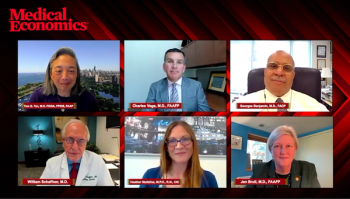
7 ways to keep a promising new hire at your practice
After a rigorous recruiting process, here's how to ensure a long stay from that prized new employee.
Imagine a practice that has been short of badly needed physicians or staff members for a while. It’s not difficult to imagine in the wake of the COVID-19 pandemic and the “Great Resignation.”
Next, imagine the owners have completed the rigors of finding, interviewing and hiring a stellar new employee and would prefer not to do that again in the near future.
Here are tips to help the new hire become a long-term asset, rather than a short-term member of your practice.
Stephanie Stephens is a California-based freelance digital journalist, producer and host.
Newsletter
Stay informed and empowered with Medical Economics enewsletter, delivering expert insights, financial strategies, practice management tips and technology trends — tailored for today’s physicians.








